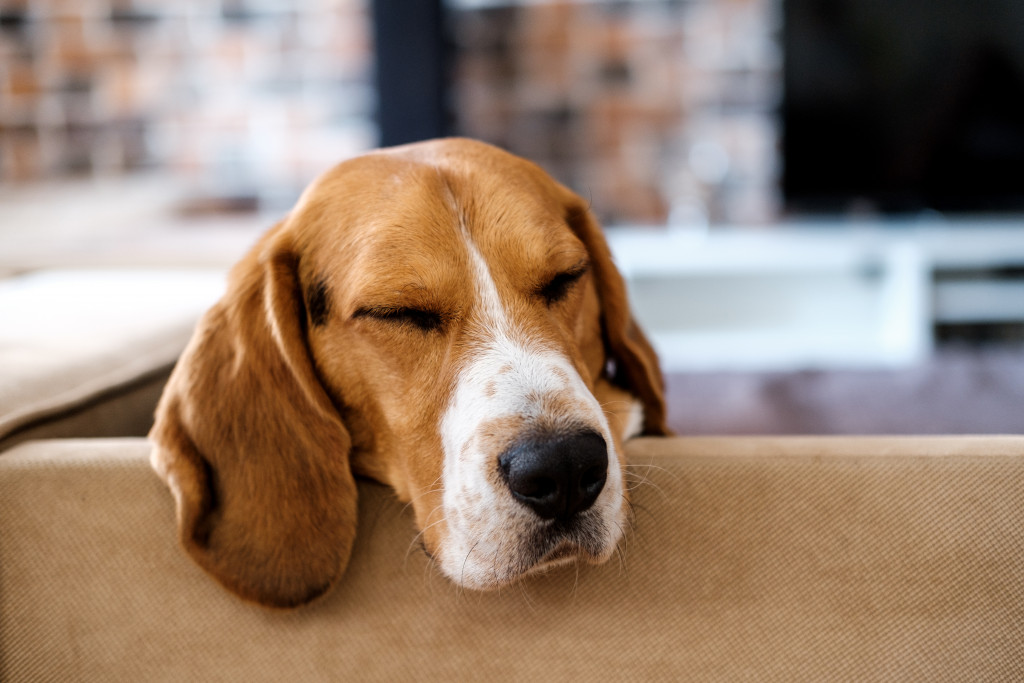Earlier this year, COVID-19 forced a lot of states to shut down to stop the further spread of the deadly disease. As a result, many employees had to go home and work in their living rooms for a while.
The work-from-home arrangement was a dream for your dog. However, restrictions are, one by one, being lifted. You have to go back to your office and leave your dog at home. To you, this might be a welcome return to normal. For your dog that became used to your presence at home all the time, it is a cause for panic and distress.
How do you address your pet’s separation anxiety? Here are a few tips.
Behavior Modification
Your dog needs to learn to accept the fact that you cannot always be at home with them. You need to leave to attend to your responsibilities at work and with family and friends.
While you are still at home, you can start conditioning your dog by leaving it alone in a room for a bit. You can leave them a treat or their favorite toy to keep them distracted. Your local puppy trainer can help if it becomes quite challenging to manage your pet’s separation anxiety.
Some dogs feel more comfortable being alone when they are inside their crates. They should calm down when they are inside their crates. If signs of anxiety ramp up, your dog needs to be trained to feel safe inside their crate again.
Exercise Before You Leave
 Your dog needs to exercise every day to be healthy. However, exercise can also help manage your dog’s separation anxiety. Going for a long walk and playing in the park exhausts your dog physically so that, when it is time for you to leave, it is ready to rest.
Your dog needs to exercise every day to be healthy. However, exercise can also help manage your dog’s separation anxiety. Going for a long walk and playing in the park exhausts your dog physically so that, when it is time for you to leave, it is ready to rest.
Your dog’s mind should also be engaged to curb separation anxiety. Challenging games like finding treats in a puzzle or find the toy will stimulate your dog’s mind, making it more ready to settle once you leave for work.
Look Into Prescription Medications
Sometimes, the problem has become so severe that separation anxiety demands medical intervention. When a dog is injuring itself, harming other animals, you might need to talk to a veterinarian.
There are two treatment options available to your dog. The first is anxiolytic drugs, which reduce anxiety among pets. It is designed for long-term use and would take weeks for it to be effective. The other is medications used when you know your dog is about to encounter a trigger, like you leaving the house every morning. The effect is immediate.
Medication, however, is only a band-aid solution to the problem. Your dog needs to get used to being alone without freaking out. It still should undergo conditioning and training to cure its separation anxiety. Just make sure to talk to a vet before you use any medication to calm your dog.
Separation anxiety can be prevented. As early as now, even when you are at home, do not cuddle with your dog all day. Put your dog in a different room while you work. Surround your dog with its favorite things such as toys, their blanket, etc. Even when your dog whines, do not indulge them with too much attention. And, when you finally go out to work, play it cool. Do not get too excited or sad when you come home or leave the house. That would lessen the shock that your dog feels when you leave and the relief when you go back home.

